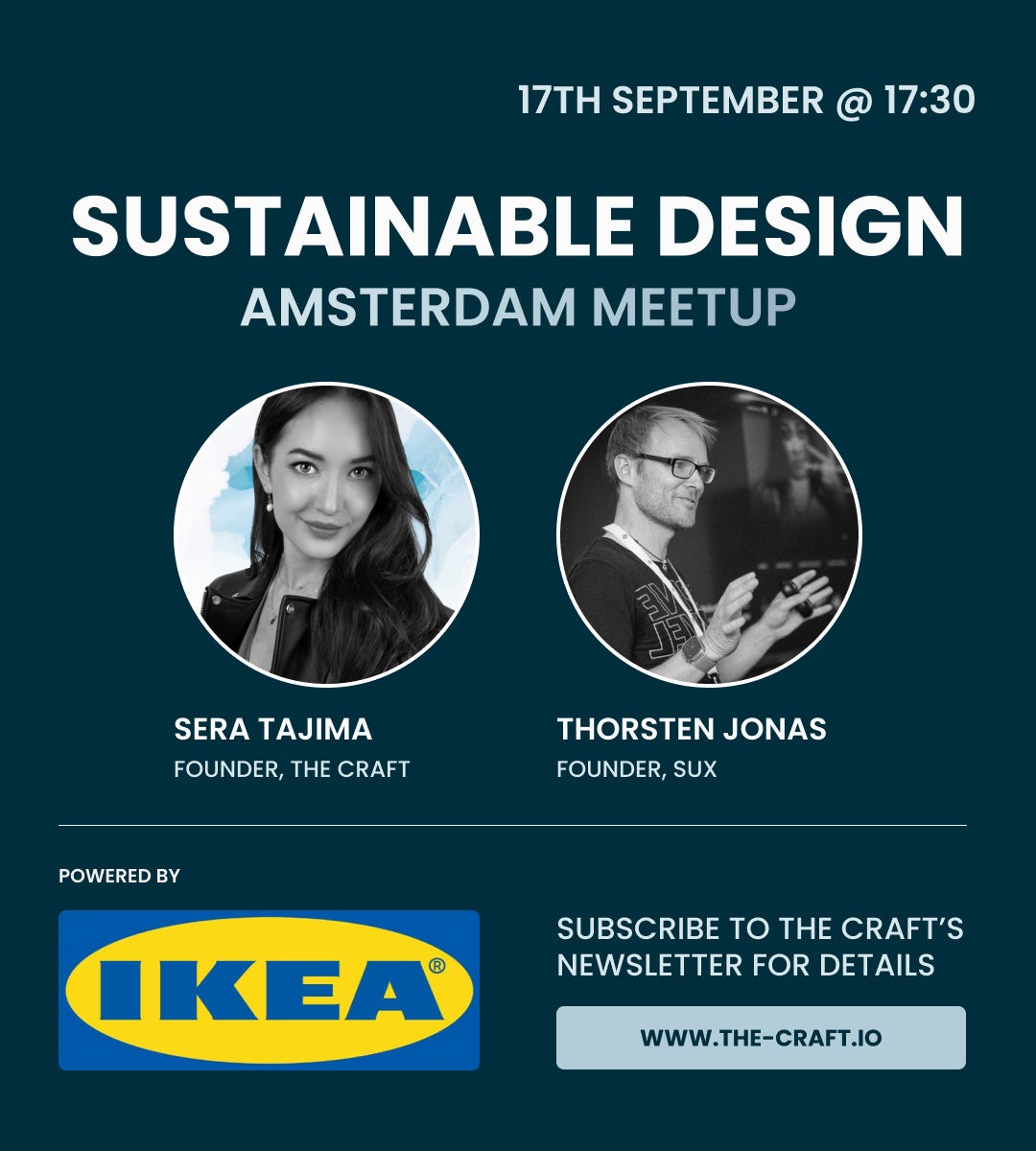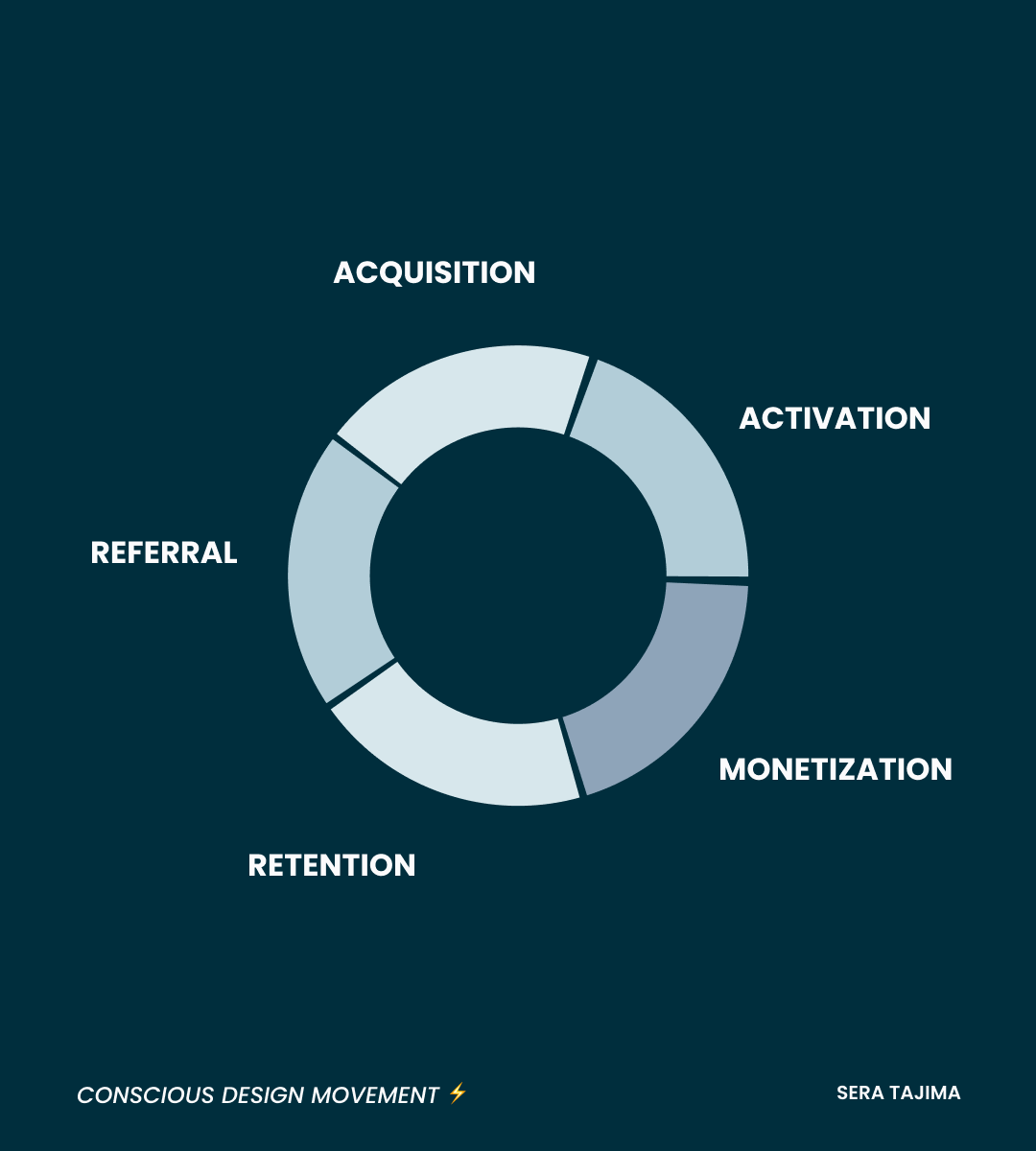You should not be working on growth until you’ve found Product Market Fit. Luckily I think most readers will be at tech companies that are there. 😛
Today I’ll share an excerpt from my Sustainable Growth Design course with you: The Growth Loop (with examples from Figma, Linkedin & Duolingo).👇🏽
Opening Oct growth cohort 📣
We had one student with a time conflict so if you’d like to join the September cohort this week, reply here.📩 It’s Thursday and Friday.
Otherwise you’re welcome to join October now. Dates posted. Thanks so much for the interest it’s been tremendous (makes me excited for the future of design and the planet). 🌎 My Ikea talk next week also sold out. Thorsten and I can’t wait to meet you!
The Growth Loop
Why create siloes using the pirate metric (AARRR) when you can take advantage of compounding interest? Thinking of growth as a loop results in faster and more inter-connected growth. According to Reforge,“Loops are closed systems where the inputs through some process generates more of an output that can be reinvested in the input.”1 This integrated approach enables growth to compound on itself. 📈
Let’s walk through each step in the growth loop. 🔁
Acquisition
What channels do new users come to a product from?
This can include strategies such as content marketing, social media advertising, search engine optimization (SEO), paid campaigns, referral programs, partnerships, and more.
The goal is to increase brand awareness and reach a wider audience.
Potential Metrics: traffic volume, sign up completion, Cost Per Acquisition (CPA)
Examples:
Airbnb leveraged craigslist to overcome the chicken-and-egg problem of having both hosts and guests on their platform. Their photo hack led to 2-3x more bookings.
Uber utilized a combination of referral programs, promotional discounts, and targeted marketing campaigns to rapidly expand its user base and gain market share in the ridesharing industry.
Activation
What percentage of new users have a satisfying initial experience? Do they have an “aha” moment?
Activation involves the user experiencing the core value proposition for the first time
This is less likely to be onboarding and more likely to be something that shows the user the value of the product, during which they have their big “aha moment.”
This stage focuses on turning first-time users into active and engaged customers who see the value in your offering.
Potential Metrics: onboarding completion, engagement with key features, etc.
Examples:
Pinterest - weekly saves four weeks after signup
Slack - when a team send 2,000 messages they become more sticky. In fact 93% more likely to stick around.
Grubhub - a second order within 30 days of first order.
Keep reading with a 7-day free trial
Subscribe to Conscious Tech to keep reading this post and get 7 days of free access to the full post archives.



